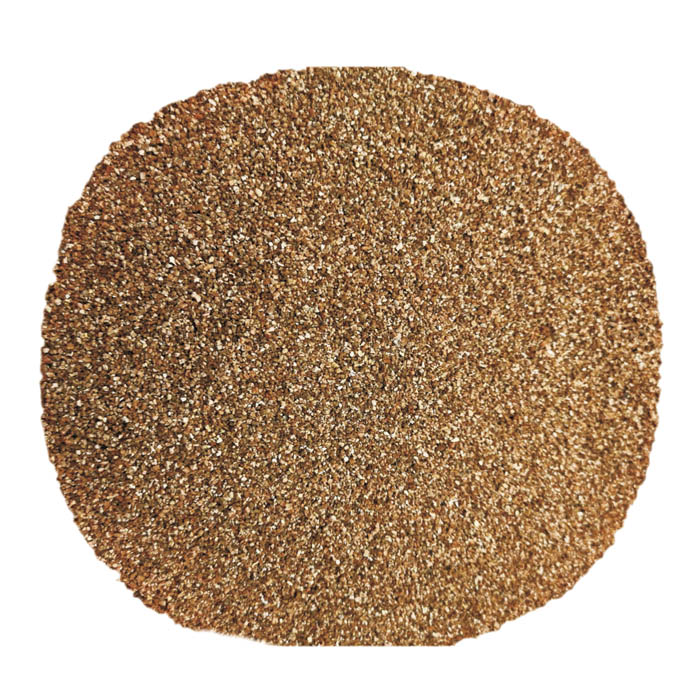Oct . 31, 2024 21:38 Back to list
Innovative Techniques in Cold Drawing Wire Production and Application Methods
Understanding Cold Drawing Wire A Comprehensive Overview
Cold drawing is a vital metalworking process widely employed in the manufacturing of wire. It primarily involves pulling metal through a die to reduce its diameter and improve its mechanical properties. Cold drawing wire is significant in various industries due to its unique characteristics and advantages over other processes.
At its core, cold drawing wire increases both the strength and hardness of the material. The process begins with wire of a larger diameter, which is then strained through a series of progressively smaller dies. This not only reduces the size of the wire but also alters its structure at the microscopic level. As the wire is drawn, its grain structure undergoes deformation, leading to an increase in dislocation density. This transformation results in enhanced tensile strength and improved fatigue resistance, making cold drawn wire an ideal choice for applications requiring robust materials.
The versatility of cold drawn wire is noteworthy. It can be produced from a wide range of metals, including steel, copper, and aluminum, each catering to specific applications. For example, cold drawn low-carbon steel wire is commonly used in the automotive industry for manufacturing springs and other components, thanks to its excellent strength and durability. On the other hand, cold drawn copper wire is often utilized in electrical applications due to its superior conductivity and low resistivity.
Quality control is crucial in the cold drawing process. Manufacturers implement stringent standards to ensure that the wire produced meets the necessary specifications. This includes monitoring the diameter, surface finish, and overall mechanical properties. Advanced technologies, such as computer numerical control (CNC) machines and laser measurement systems, are often employed to enhance precision and consistency throughout the production process.
cold drawing wire

Moreover, cold drawing wire can undergo additional processes to further enhance its performance characteristics. Heat treatment, for instance, can be applied after drawing to relieve stresses and improve ductility. This combination of cold drawing and subsequent treatments allows for tailored wire properties suitable for specific industrial needs.
Environmental considerations are also becoming increasingly important in the wire drawing industry. Many manufacturers are adopting eco-friendly practices by minimizing waste and energy consumption during the cold drawing process. Innovations such as using water-based lubricants instead of traditional oils can help reduce environmental impact while maintaining efficiency.
The applications of cold drawn wire are extensive. Besides automotive and electrical industries, it plays a crucial role in construction, manufacturing of furniture, and even aerospace components. Its ability to provide high strength and reliability makes it indispensable in critical applications where safety and efficiency are paramount.
In conclusion, cold drawing wire stands out as a significant process in metalworking, offering many benefits such as increased strength, versatility in materials, and enhanced mechanical properties. As industries continue to evolve, the demand for high-quality drawn wire will likely increase, pushing manufacturers to innovate continually and improve their techniques. The future of cold drawn wire appears promising, with ongoing advancements set to meet the dynamic needs of various sectors.
-
Eco-Friendly Granule Covering Agent | Dust & Caking Control
NewsAug.06,2025
-
Fe-C Composite Pellets for BOF: High-Efficiency & Cost-Saving
NewsAug.05,2025
-
Premium Tundish Covering Agents Exporters | High Purity
NewsAug.04,2025
-
Fe-C Composite Pellets for BOF | Efficient & Economical
NewsAug.03,2025
-
Top Tundish Covering Agent Exporters | Premium Quality Solutions
NewsAug.02,2025
-
First Bauxite Exporters | AI-Optimized Supply
NewsAug.01,2025
